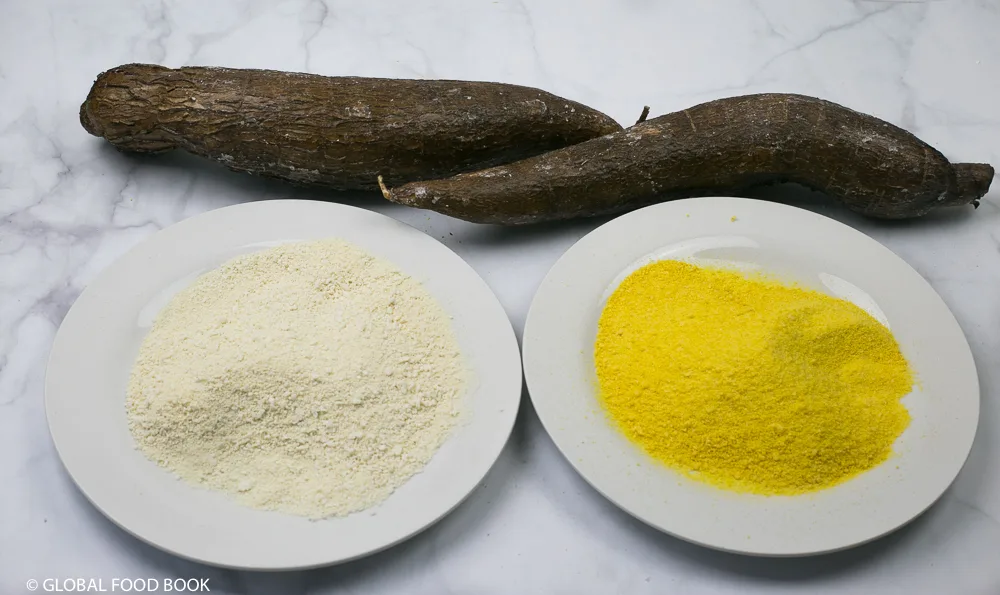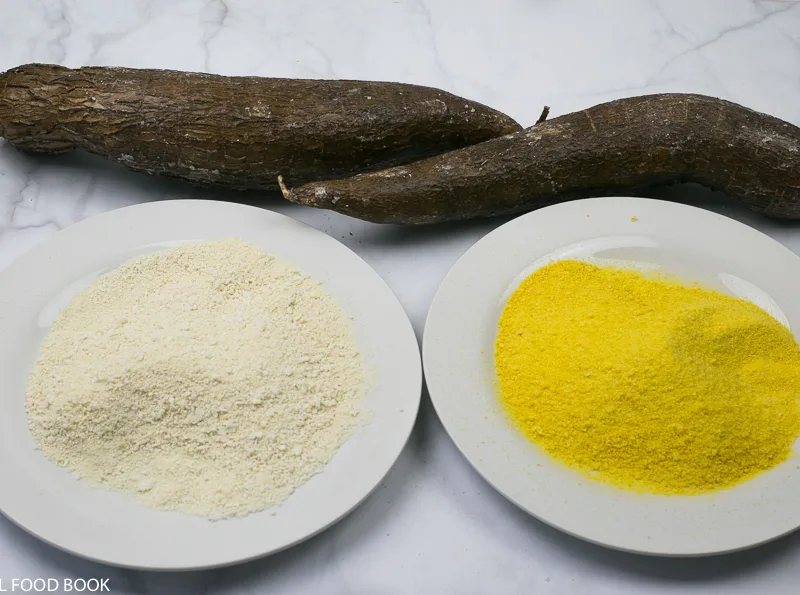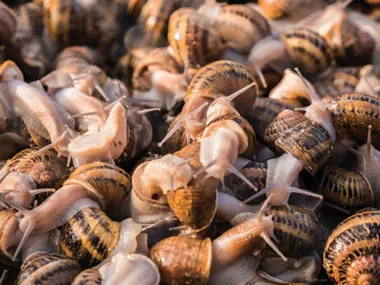Learn how to process cassava into garri at home with this detailed guide. From peeling to frying, discover every step for producing high-quality garri easily.
Cassava is one of the most widely cultivated crops in Nigeria, and its byproduct, garri, is a staple food enjoyed by millions. Processing cassava into garri at home can be a rewarding and cost-effective way to produce your own high-quality garri. This detailed guide will take you through each step of the process, ensuring you achieve the best results.

Materials and Equipment Needed
Before you start, gather the following materials and equipment:
- Fresh Cassava Tubers
- Knife or Peeler (for peeling the cassava)
- Grater or Grinding Machine (manual or electric)
- Fermentation Bags or Basket
- Pressing Machine (optional, can use heavy stones for pressing)
- Sieve (fine mesh)
- Garri Frying Pan
- Firewood or Gas Stove
- Spatula (for stirring)
Step-by-Step Guide to Processing Cassava into Garri
Step 1: Harvest and Select Fresh Cassava Tubers
- Harvest fresh cassava tubers from your farm or buy them from a reliable market.
- Select tubers that are firm, mature, and free of rot or damage.
- Avoid using cassava with bruises or signs of decay, as they can affect the quality of the garri.
Step 2: Peel and Wash the Cassava
- Use a knife or peeler to remove the tough, brown skin of the cassava tubers.
- Peel carefully to avoid wasting the cassava flesh.
- Wash the peeled tubers thoroughly in clean water to remove dirt and sand.
Step 3: Grate or Grind the Cassava
- Use a grater or grinding machine to break down the cassava tubers into a fine pulp.
- Ensure the equipment is clean to avoid contamination.
- If you don’t have a grinding machine, you can hire one at a local cassava processing center.
Step 4: Fermentation
- Transfer the grated cassava pulp into fermentation bags, baskets, or containers.
- Cover the pulp to keep out dirt and allow it to ferment for 2–4 days.
- Fermentation is essential to remove the toxic cyanide content in cassava and improve the taste of the garri.
Pro Tip: The duration of fermentation depends on the weather and the desired sourness of the garri.
Step 5: Press to Remove Excess Water
- After fermentation, transfer the cassava pulp into a pressing machine or wrap it in a clean cloth and place heavy stones on top.
- Leave the cassava to press for 6–12 hours to remove excess water.
- The result is a dry, crumbly cassava cake.
Alternative: Use a manual press if a machine is unavailable, but ensure proper drainage to avoid water retention.
Step 6: Sieve the Cassava Cake
- Break the cassava cake into smaller pieces using your hands.
- Pass the broken pieces through a fine mesh sieve to separate lumps and achieve a uniform texture.
- This sieved product is now ready for frying.
Step 7: Fry the Garri
- Heat a wide frying pan over a wood fire or gas stove.
- Add a small amount of palm oil if you prefer yellow garri; otherwise, fry without oil for white garri.
- Pour the sieved cassava into the pan and stir continuously with a wooden spatula.
- Fry for 15–30 minutes, depending on the quantity, until the garri is dry and crispy.
- Allow the garri to cool before storing.
Safety Tip: Be careful when frying to avoid burns, as the garri may splatter during the process.
Step 8: Cool and Store the Garri
- Spread the fried garri on a clean surface or tray to cool.
- Once completely cool, transfer the garri into airtight containers or bags to keep it fresh and prevent moisture.
- Store in a cool, dry place.
Benefits of Processing Garri at Home
- Cost-Effective: Save money compared to purchasing garri from the market.
- Quality Control: Ensure hygienic processing and better taste.
- Customization: Adjust sourness, texture, and color (white or yellow garri) to your preference.
Tips for High-Quality Garri Production
- Fresh Cassava: Always use fresh, mature cassava tubers for better yield and taste.
- Proper Fermentation: Do not skip or shorten the fermentation process; it’s crucial for removing toxins.
- Hygiene: Maintain cleanliness throughout the process to produce safe and healthy garri.
- Consistent Frying: Stir continuously during frying to avoid lumps and achieve even dryness.
Common Challenges and Solutions
| Challenge | Solution |
|---|---|
| Cyanide Content in Cassava | Ensure proper fermentation to eliminate cyanide. |
| Lumpy Garri During Frying | Sieve thoroughly before frying to remove lumps. |
| Mold During Storage | Store in airtight containers and keep in a dry place. |
| Uneven Texture | Use a fine sieve and stir well during frying. |
Processing cassava into garri at home is a fulfilling activity that ensures you get high-quality garri while saving costs. By following these steps carefully, you can produce garri that is safe, tasty, and meets your family’s or business needs. Start small, practice the process, and enjoy the satisfaction of creating a staple food from scratch.






